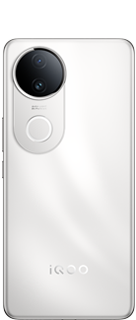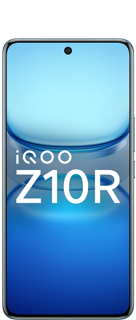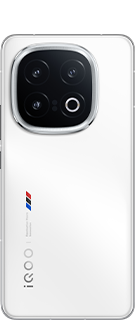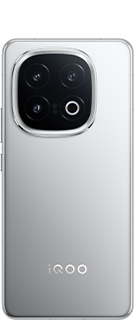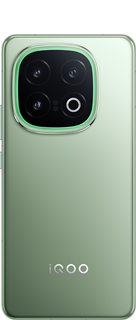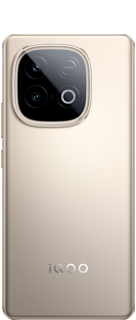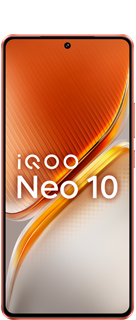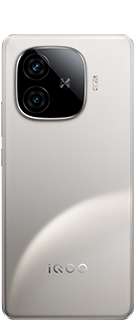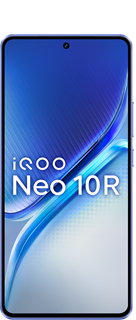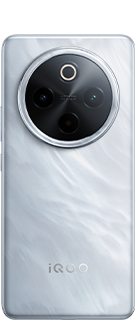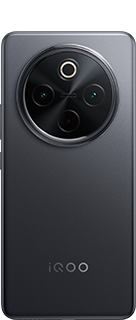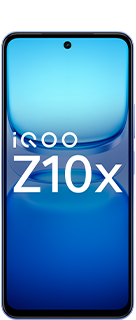Peak Brightness vs. High Brightness Mode in Smartphones: Understanding both 📱📱
Modern smartphones are equipped with advanced display technologies, offering impressive brightness levels to ensure optimal visibility in various lighting conditions.
Two terms often mentioned in this context are Peak Brightness and High Brightness Mode (HBM). While both relate to the display's luminance, they serve different purposes and function differently. Here's a breakdown of these concepts.

What is Peak Brightness?
Peak Brightness refers to the highest brightness level a smartphone display can achieve under specific conditions. It is typically measured in nits (a unit of luminance), and this value represents the maximum output the screen can produce for short durations.
Purpose: Peak brightness is used for brief moments to enhance visibility, often for HDR (High Dynamic Range) content, where vivid highlights and enhanced contrast are required.
Usage Scenario: When watching HDR videos or playing games with HDR support, the display boosts specific areas to achieve a richer, more dynamic visual experience.
Duration: Peak brightness is not sustainable for extended periods as it consumes significant power and can generate excessive heat, potentially harming the display.

What is High Brightness Mode (HBM)?
High Brightness Mode (HBM) is a feature designed to improve screen visibility under bright ambient lighting conditions, such as direct sunlight. It temporarily increases the display brightness above the normal maximum level but does not reach the extreme levels of peak brightness.
Purpose: To ensure the screen remains readable in outdoor environments where standard brightness levels might struggle against glare.
Usage Scenario: HBM is triggered either automatically by the phone's ambient light sensor or manually by the user, depending on the device settings.
Duration: Unlike peak brightness, HBM can be sustained for longer durations, but it may still be time-limited to prevent overheating or excessive battery drain.

Key Differences
Why Both Are Important?
Peak Brightness ensures an immersive experience for HDR-supported media, showcasing vibrant colors and deep contrasts.
HBM ensures the phone remains usable in challenging lighting conditions, enhancing convenience and usability outdoors.
Conclusion
While both Peak Brightness and High Brightness Mode contribute to a better visual experience, their roles and implementation differ. Peak Brightness is about enhancing media quality, while HBM focuses on usability in bright environments.
Manufacturers balance these features carefully to deliver optimal performance without compromising battery life or device durability. Understanding these terms helps users make informed decisions about their smartphone usage and settings.
Please sign in
Login and share

